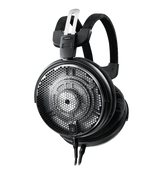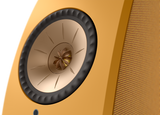What to consider when buying headphones
In-ear vs. on-ear, circumaural vs. supraaural, noise isolating vs. noise cancelling - shopping for the right pair of headphones can be a challenge. Headphones come in a number of different styles, that are going to fit your ears and sound differently when you wear them. To find you way around and find the right ones for you, we have put together a small guide to help you out a bit.
When you are buying headphones probably the first questions would be how do you intend to use your headphones - for music or home theatre - and where do you plan to do your listening - at home or on the go. And it’s not just that, it is also important what kind of music you will be listening to. As the price range for headphones is quite wide (starting from $50 and going all the way up $2000), we would also need to know what is your budget.
Headphones come in 3 different forms
Earbud headphones, also know as in-ear headphones
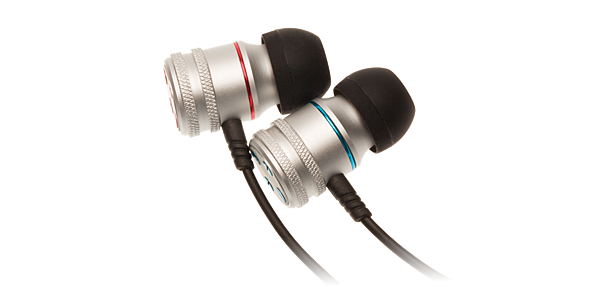
Earbuds and in-ear are the smallest headphones and you are probably most familiar with these, as cheaper earbuds often come with music players or mobile phones. Those tiny earpieces go inside your ears and they generally sit in the bowls of your ears, while some of them need to be inserted into the ear canal.
Pros: Earbuds are super portable, which is nice if you’re using them on the go. In-ear varieties also offer some isolation from outside noise, which is great on airplanes or in other types of public transport. Some models also have microphone and track navigation controls built into the wire. They are also very comfortable as they have little to no interference with earrings, glasses, hats, and hairstyles.
Cons: While you can get some pretty decent in-ear headphones, you are not able to get the same sound quality and bass that you would from full-size headphone models. Some people also find them less comfortable, because they are uncomfortable with putting things inside their ears and lots of them are prone to falling out of your ears. Dual-cable design also means more possibilities for tangled wire.
On-ear headphones, also known as supra aural headphones and earpad headphones
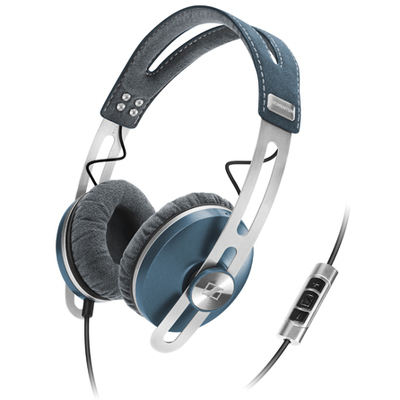
These headphones rest on top of your outer ears, but don’t cover the entire ear. They are more often than not “open” models of headphones, which means you get some sound leaks both ways - you can hear outside nice and the outside can hear a little of your music.
Pros: These are generally some of the most comfortable headphones around, mainly because they just sit on the outside of your ears. Their open-backed construction provides good sound, and is especially nice for exercising, since it keeps you aware of what’s happening around. They are also usually very portable as some models fold up, and this makes them great for on the go use.
Cons: Since many earpads are open, they are less effective in noise isolation than in-ear or full-size models, and you wouldn’t want to use them in situations that are exceptionally loud since they won’t block outside noise. You also don’t want to use them in a super quiet area as they leak noise to your neighbours. Usually you get less powerful bass compared to full-size models.
Full-size headphones, also known as over-the-ear headphones and circumaural headphones
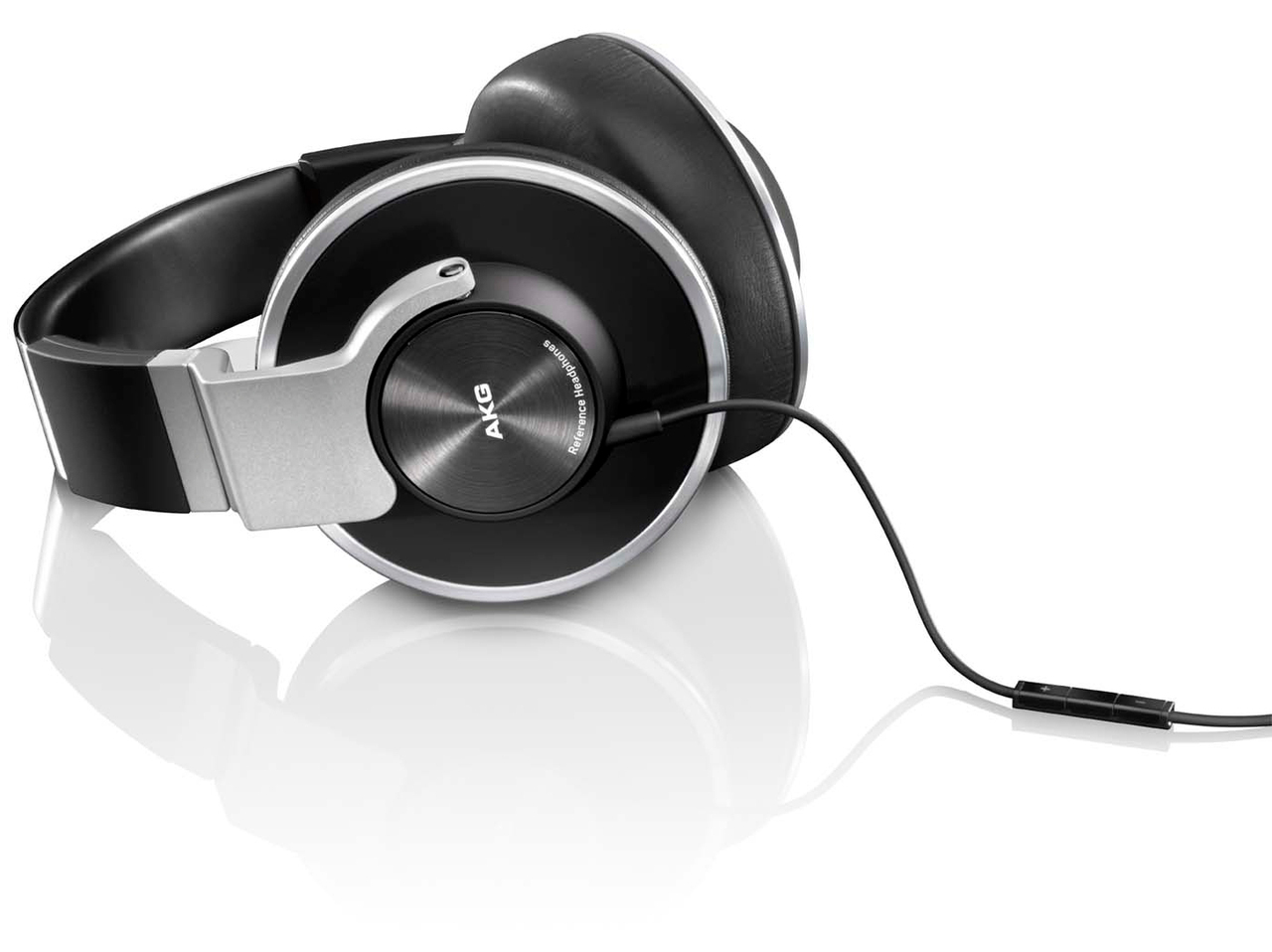
The tech-speak description for this type of headphone is circumaural, which includes any headphones with ear cups that fully enclose your ears. Because of their fairly large size and their acoustic isolation, full-size headphones are often considered to be better suited for home use rather than as a portable option.
Pros: Full size headphones provide great bass response and sound clarity. The surround-sound effectively blocks outside noises and seals music in. They usually come with a large amount of padding, which makes them comfortable for most heads.
Cons: As full size headphones are usually pretty big, they are not very good for portable headphones. Wide headband can ofter interfere with earrings, glasses, and some hairstyles. Some full size models have problems with heat on the ears.
Speciality features and other things to consider
Noise cancellation
Noise cancelling headphones sample the noise around you and plant an inverted version of that sound in your ears, cancelling out the noise around you. They don’t eliminate the outside world, but the better models significantly reduce the noise on airplanes and from air-conditioning systems. Since you no longer have to turn up the volume that much to overcome the background noise, this type of headphone lets you listen to lower levels and therefore leads to reduced ear fatigue. Noise cancelling headphones come in either active (noise cancelling) or passive (noise isolating) types.
Technically speaking, any type of headphone can provide some passive noise reduction because of the materials used. The best passive noise-cancelling headphones are circumaural types that are specially constructed to maximise noise-filtering properties. That means they are packed with layers of high-density foam or other sound-absorbing material, which makes them heavier than normal headphones. They also don’t require batteries.
Active noise-cancelling headphones can do everything that passive ones can do - their very structure creates a barrier that blocks high-frequency sound waves. They also add an extra level of noise reduction by actively erasing lower-frequency sound waves. To do that, they create their own sound waves that mimic the incoming noise in every respect except one: the headphone’s sound waves are 180 degrees out of phase with the intruding waves.
The upside is that noise cancelling headphones are extremely effective, but they also tend to be a bit more expensive. They are ideal for plane rides and morning commutes.
Wireless headphones
Wireless headphones are most commonly used in apartments with thin walls that don’t allow loud media from speakers, and on-the-run where a dangling cord can get in the way. The most popular format for transmitting wireless music is Bluetooth. The problem with wireless headphones is that you have to recharge them or swap out batteries often, and sound quality is rarely as good as wired headphones.
Some FAQ about headphones
Can I come in for a listen and what to bring?
You are more than welcome to come in for a listen and try out different headphones to find the most suitable ones for you. Just bring a long a few of your favourite CDs and listen to some of your songs to compare which headphones work the best for you. The audition is for you to see which headphones sound the best to you. You can also bring your equipment to get a better understanding how well they would work together with selected headphones.
What is "burn in” and should I do it?
When talking of headphones, “burn in” is the term used for the settling of the design parameters of the diaphragms into their intended state. The physical process is that the diaphragms loosen up through use and eventually reach a point that could be considered final. It’s like breaking in a new pair of shoes.
There is no proper way to do it and just using the headphones will have the same effect, but if you do want to do it then you can leave a CD on repeat overnight at a reasonably high volume (but not higher than you would normally listen to)
What is a headphone amplifier and do I need one?
Headphones are like miniature speakers and all speakers need an amplifier. Many music playing devices already include a built in headphone amplifier. but due to their small size and power limitations they are going to be a significant compromise. A stand alone headphone amplifier has much more space to dedicate to better circuitry, an a more robust power supply, allowing both overall better controlled sound and the ability to provide considerably more output power to the headphone. The purpose of a headphone amplifier is to have the sound you hear to be cleaner and more controlled, especially during peaks. In many cases an underpowered pair of high end headphones will be outperformed by easier to drive low end headphones.
Recent Posts
-
Gotham Audio BWPA-4 Channel Class A/B Power Amplifier
Unleashing Sonic Power When it comes to building a high-performance audio system—whether for home th …17th Dec 2025 -
Audio Technica ATH-ADX5000 Open Air Dynamic Headphones
Unparalleled Detail and Openness – The Audio-Technica ATH-ADX5000 Open-Air Dynamic Headphones For li …15th Dec 2025 -
The KEF LSX II in Amber Haze
Compact Power, Stunning Clarity – The KEF LSX II in Amber Haze For audiophiles who crave high-fideli …9th Dec 2025


